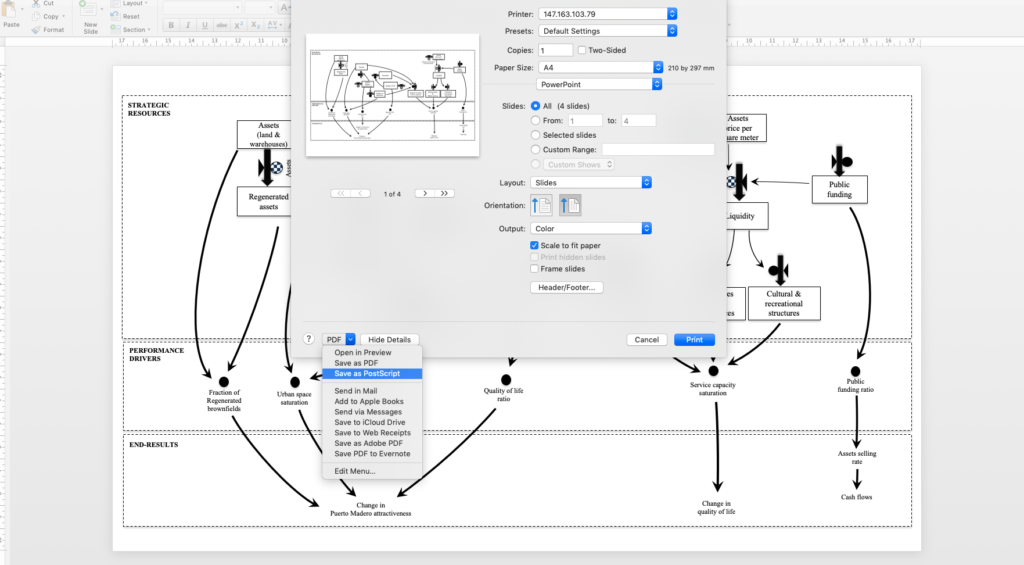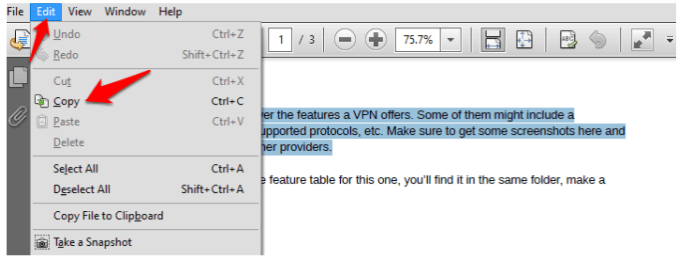

If you know what you're doing, you can export your slide at any number of pixels/dots wide and then fiddle the resulting TIFF to tell the world that it's pretty much any DPI you want it to, all To ensure that it's 300 dpi (dots per inch) you need to know both numbers.ĭPI by itself is meaningless as a measurement of resolution. Whoever prints the image sets the number of inches at which it'll appear. See, by changing the width/height, you're setting the number of dots.

What should you change it to? That gets a bit complicated.
#MAKE FIGURE IN POWERPOINT FOR MAC FOR MAC#
My apologies for that.įirst, we pick the nits: There's no PowerPoint 2017 for Mac or PC.Ĭhange the width (the height will change proportionally, no need to mess with it). It's the relationship between the number of pixels in an image and the size at which the image is sampled (in the case of scans or exports from programs like PPT) or reproduced (in the caseīy itself, DPI doesn't tell you anything.Īnd though generally DPI really is BS, my answer didn't really tell you what you needed to know either. See, DPI, dots per inch, is a ratio, not a resolution measurement. If they run it larger than 10", the dpi is commensurately less. If the publication runs the image at 5" wide, you have a 600dpi image. That's 300 dots per inch of PowerPoint slide. We are engineers, artists, designers, composers, actors, musicians, and more. That'll probably top out at 3000 pixels, which, if your presentation is 10" wide or high, will give you 300dpi. QLab is made and supported by Figure 53, a small company of 16 people headquartered in Baltimore, Maryland, USA. You'll be able to choose the number of pixels (dots) to export. In the dialog that appears, choose TIFF as the export type.


 0 kommentar(er)
0 kommentar(er)
